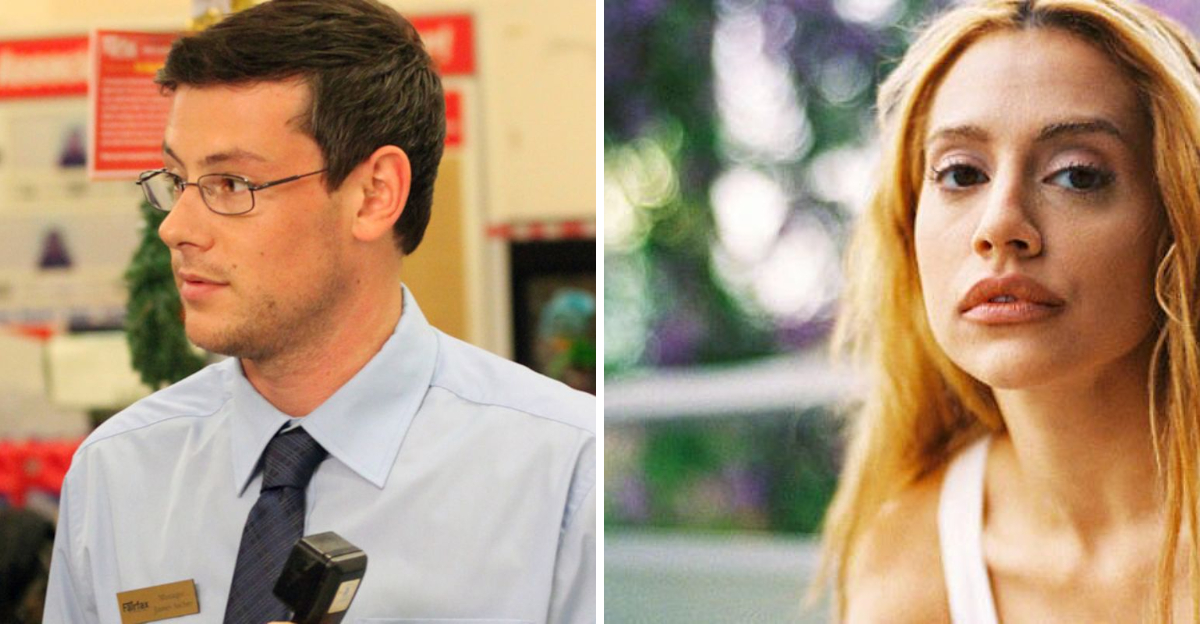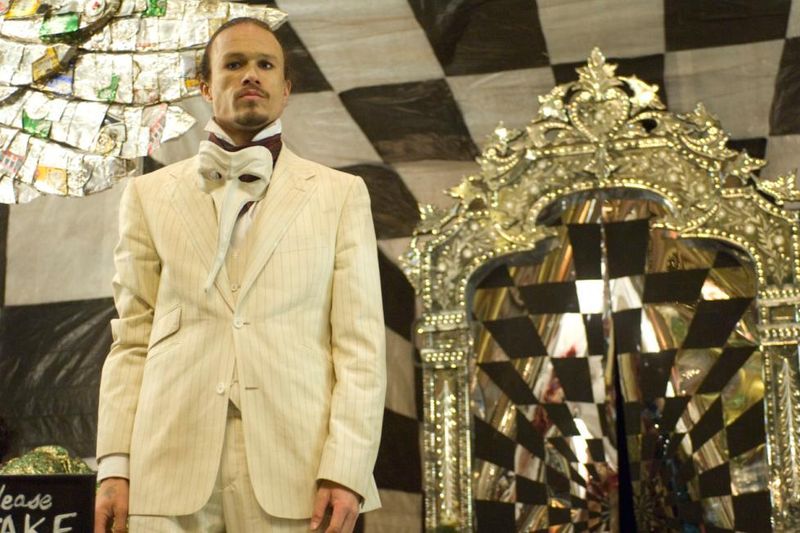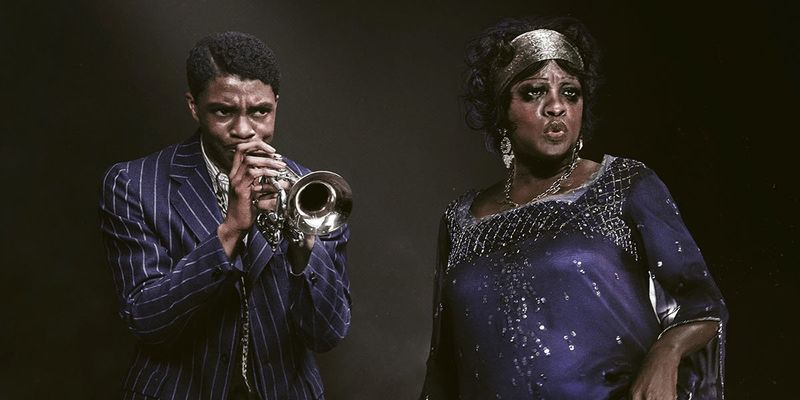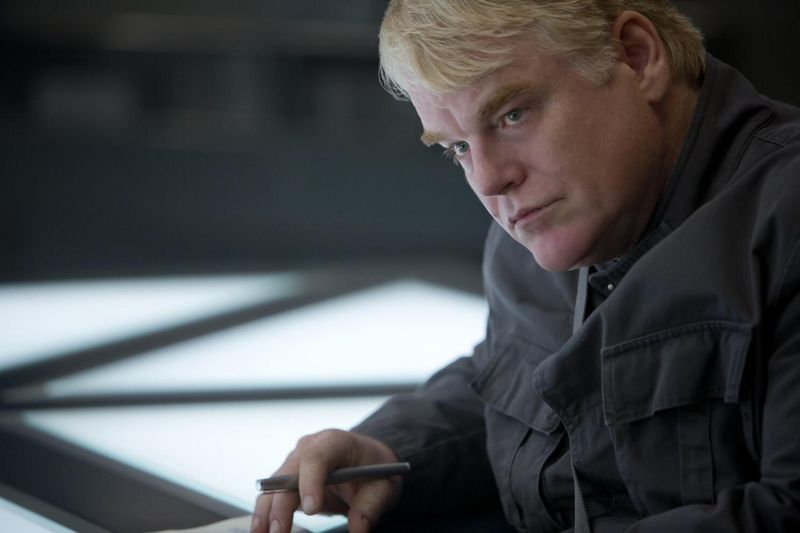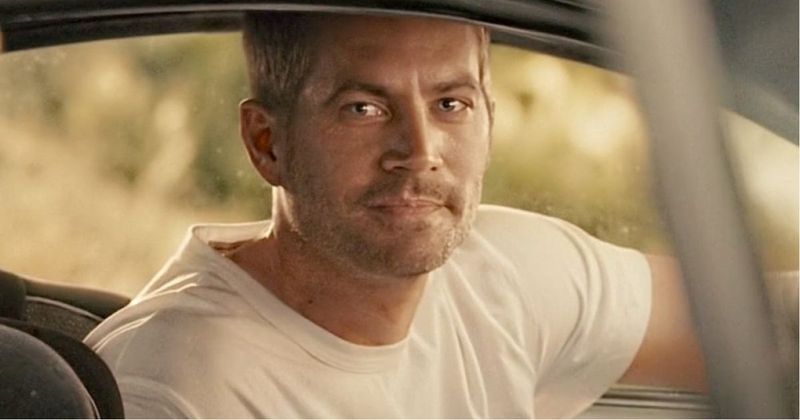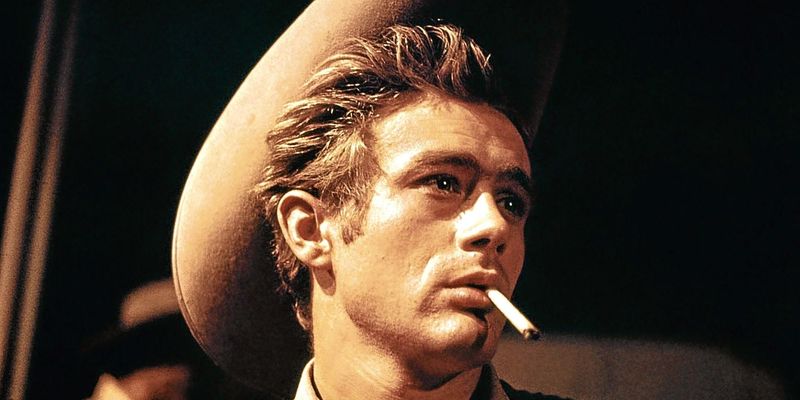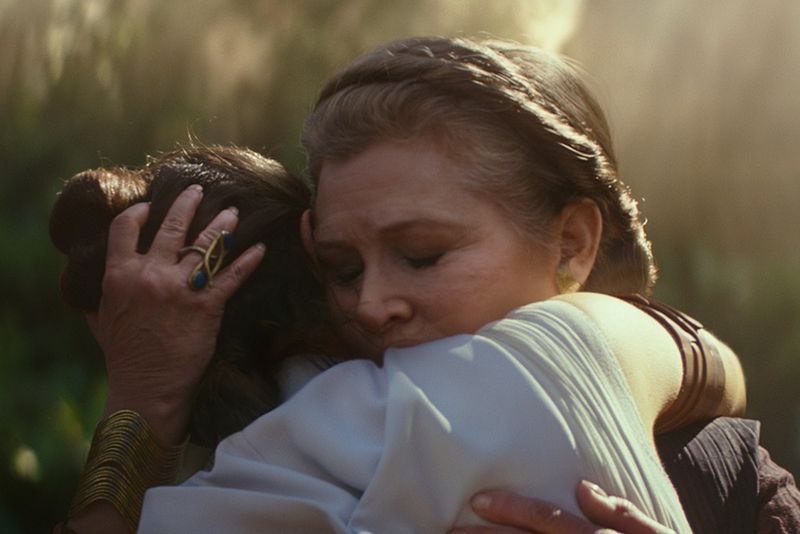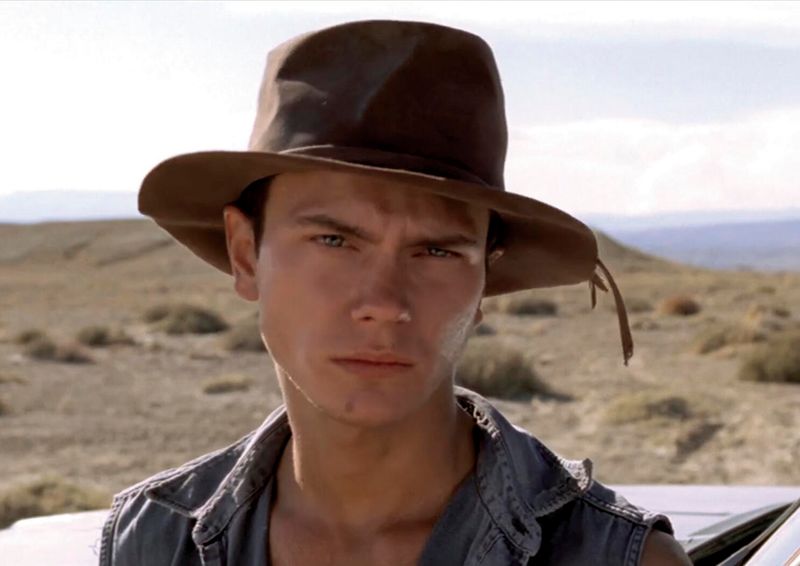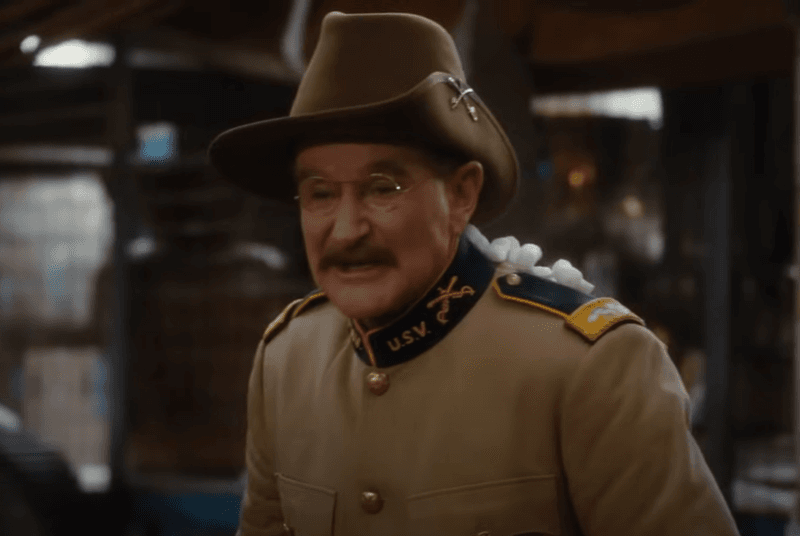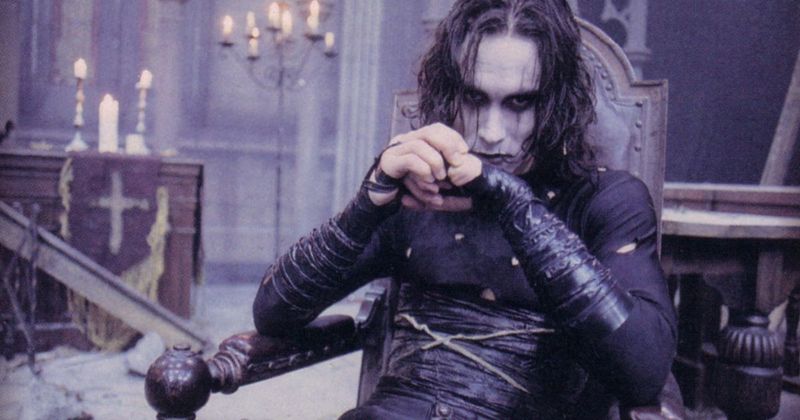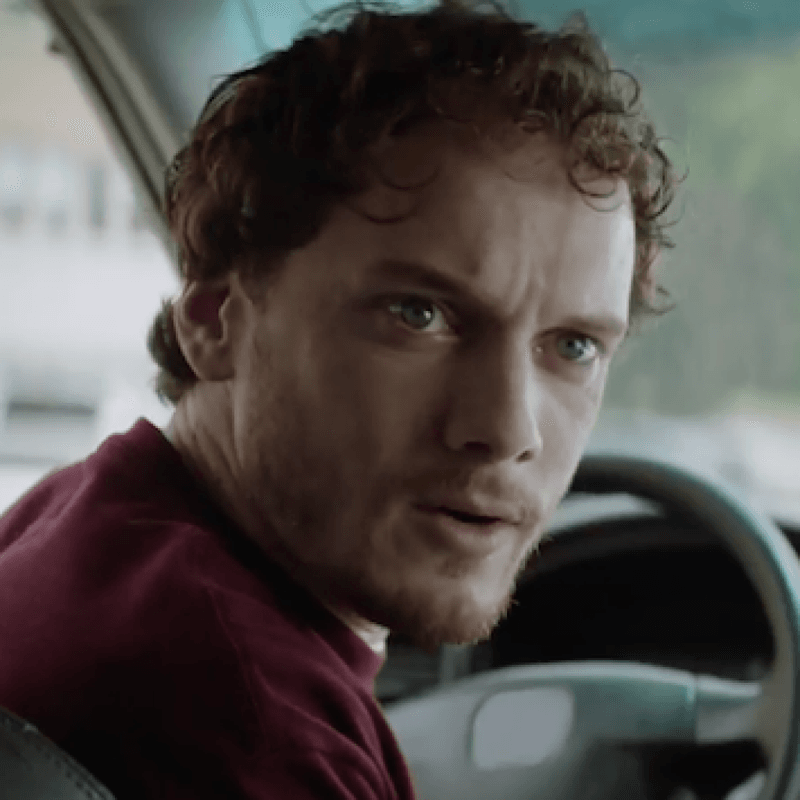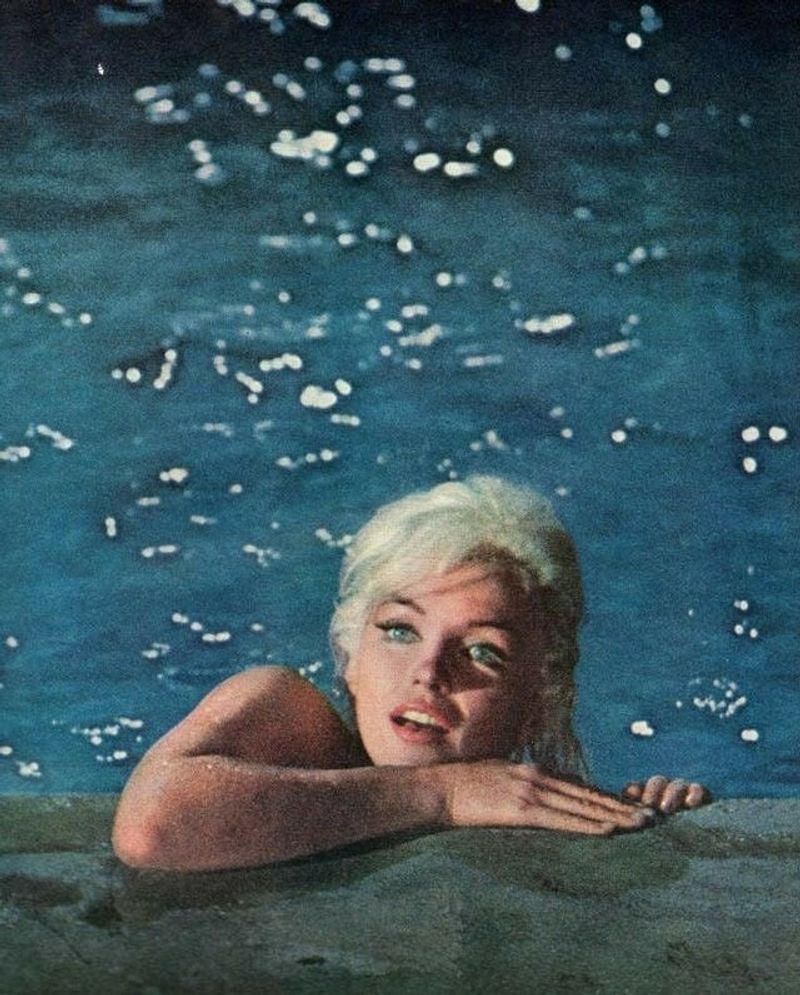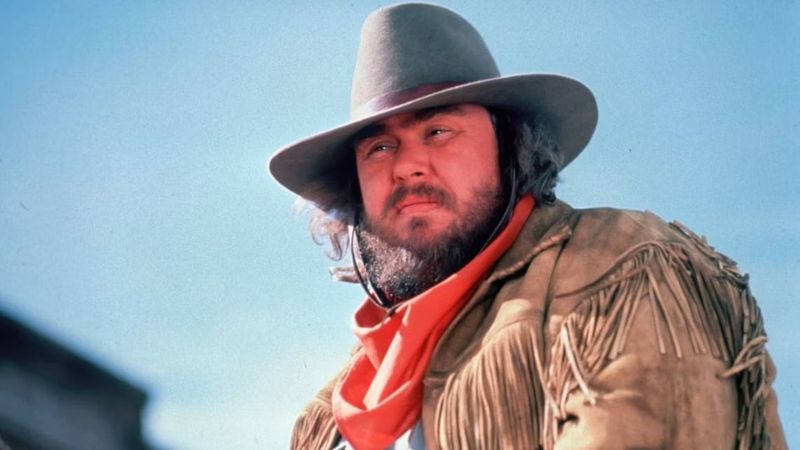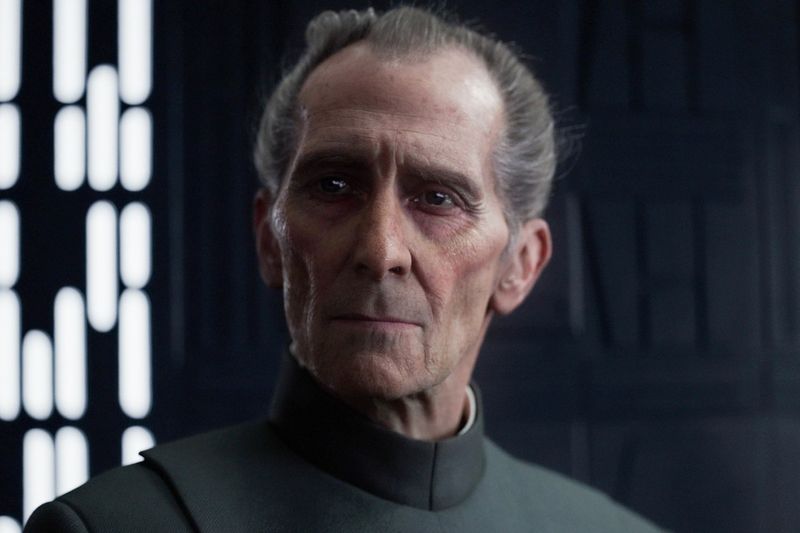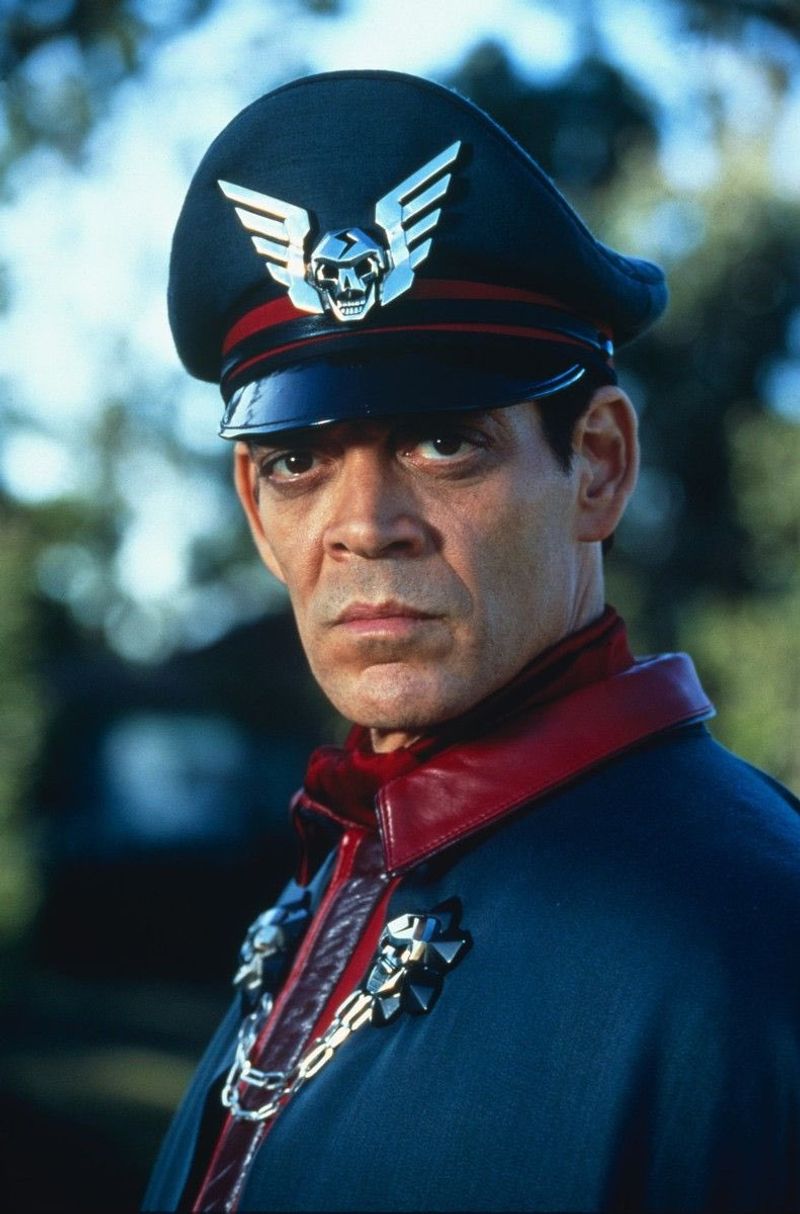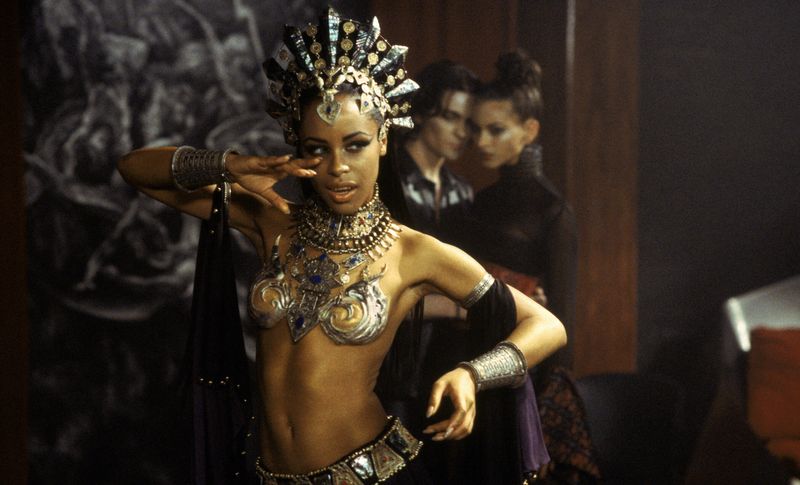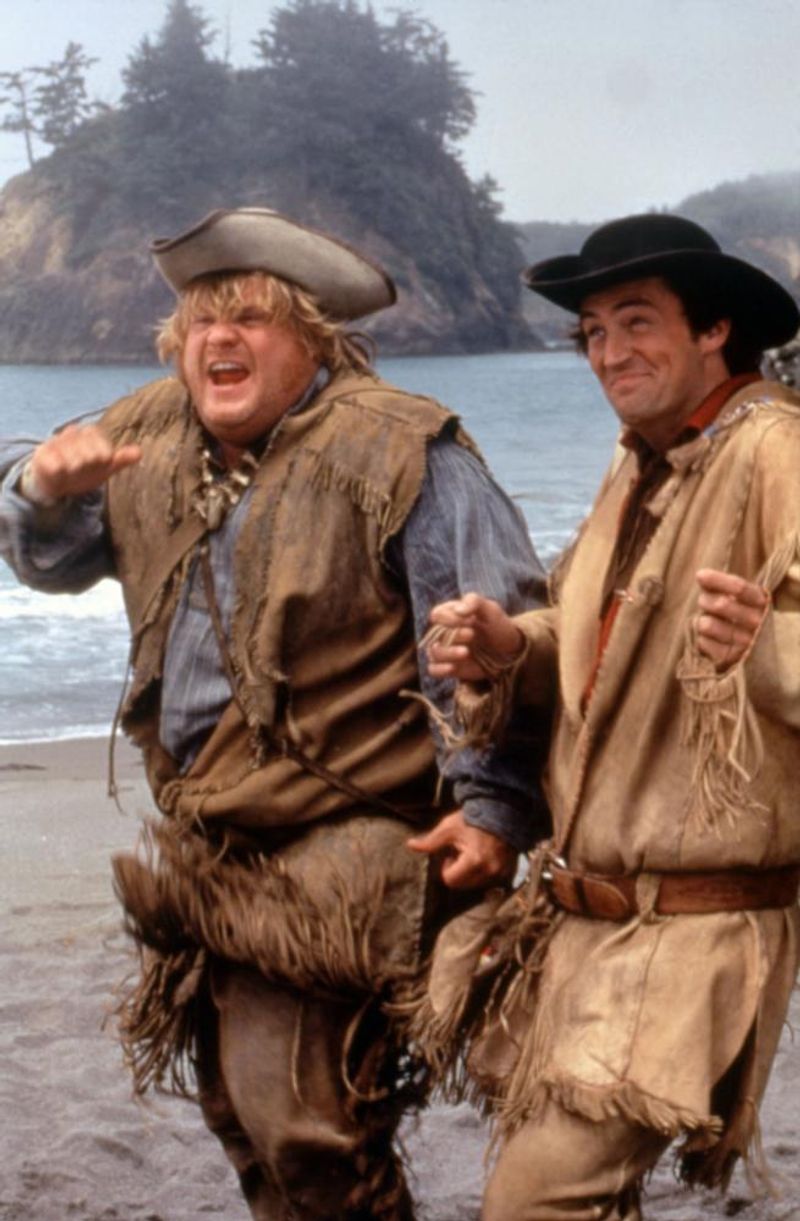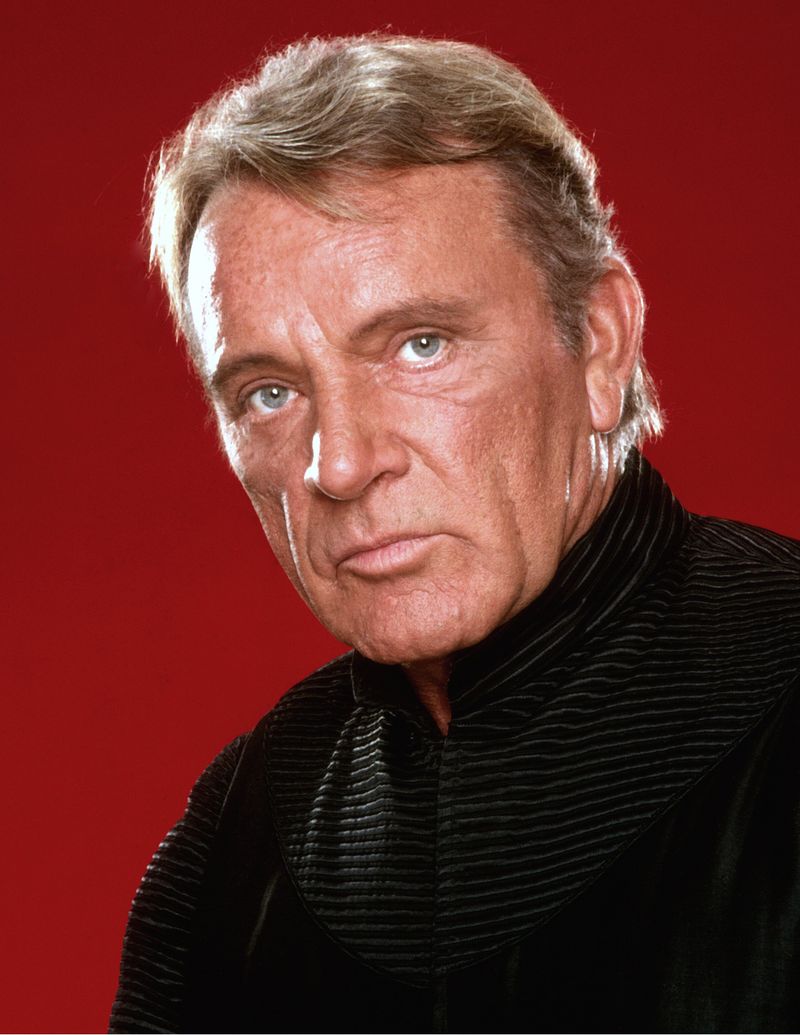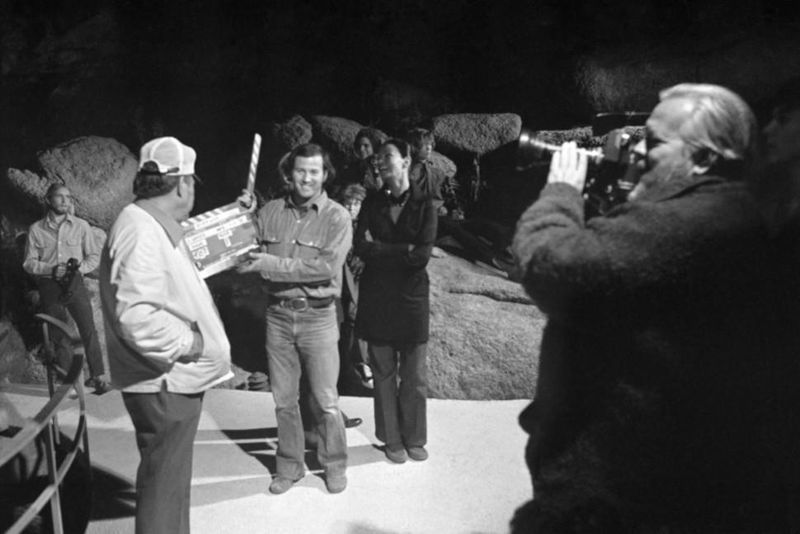Life’s final curtain call sometimes falls before an actor’s last film reaches audiences. When talent leaves this world too soon, cinema preserves their final performances like time capsules of creative expression. These posthumous releases often carry extra emotional weight, transforming ordinary films into poignant farewells and allowing fans one last chance to experience the magic these performers brought to the screen.
1. Heath Ledger’s Unfinished Fantasy
At just 28, Heath Ledger’s accidental overdose in January 2008 left Terry Gilliam’s fantasy film The Imaginarium of Doctor Parnassus incomplete. Rather than abandon the project, Gilliam made an inspired creative decision.
Johnny Depp, Jude Law, and Colin Farrell stepped in to play transformed versions of Ledger’s character during the film’s dreamlike sequences. This unusual solution not only salvaged the film but created a fitting tribute to Ledger’s boundary-pushing artistry.
The film premiered at Cannes in May 2009, cementing Ledger’s legacy beyond his Oscar-winning Joker performance.
2. Chadwick Boseman’s Final Trumpet Call
Few knew Chadwick Boseman was battling cancer while filming his final role as ambitious trumpeter Levee Green in Ma Rainey’s Black Bottom. His gaunt appearance, initially criticized by uninformed viewers, revealed the true extent of his private struggle.
Released on Netflix in November 2020, just months after his August passing, the film showcased Boseman’s extraordinary commitment to his craft. His searing monologues about racial injustice and thwarted dreams gained heartbreaking resonance.
The performance earned him a posthumous Golden Globe and solidified his legacy as an artist who gave everything until his final moments.
3. Philip Seymour Hoffman’s Rebellion Concludes
Philip Seymour Hoffman’s sudden death from a drug overdose in February 2014 left filmmakers of The Hunger Games: Mockingjay – Part 2 in a difficult position. The acclaimed actor had completed most of his scenes as gamemaker-turned-revolutionary Plutarch Heavensbee, but crucial moments remained unfilmed.
Rather than recasting, director Francis Lawrence reworked the script. A key scene featuring Plutarch was rewritten as a letter read by Haymitch (Woody Harrelson), preserving Hoffman’s presence while acknowledging his absence.
When released in November 2015, the film stood as a testament to Hoffman’s understated brilliance and versatility.
4. Paul Walker’s Emotional Fast Farewell
The tragic irony wasn’t lost on anyone—Paul Walker, star of the high-octane Fast & Furious franchise, died in a high-speed car crash in November 2013 while Furious 7 was mid-production. Universal Pictures faced an unprecedented challenge to complete his story respectfully.
Walker’s brothers Caleb and Cody served as body doubles while digital effects artists carefully recreated his face for remaining scenes. The result was seamless enough that many viewers couldn’t distinguish the digital work.
The film’s ending was rewritten as a beautiful sendoff, with Walker’s character Brian O’Conner literally driving off into the sunset as Vin Diesel delivers a tearful monologue about family.
5. James Dean’s Towering Last Performance
The original Hollywood tragedy occurred when 24-year-old James Dean crashed his Porsche Spyder in September 1955. He had just completed filming his role as Jett Rink in the epic Texas oil drama Giant, alongside Elizabeth Taylor and Rock Hudson.
Warner Brothers released the film in November 1956, over a year after Dean’s death. His transformation from poor ranch hand to bitter oil tycoon showcased impressive range that audiences would never see develop further.
Dean became the first actor to receive a posthumous Academy Award nomination for his work, beginning a legacy that endures nearly seven decades later as the perpetual symbol of youthful rebellion.
6. Carrie Fisher’s Digital Star Wars Farewell
Carrie Fisher’s unexpected death in December 2016 created a major storytelling problem for the final Star Wars trilogy. Her character, General Leia Organa, remained central to the saga’s conclusion in The Rise of Skywalker.
Director J.J. Abrams refused to recast or create a fully digital version of Fisher. Instead, he ingeniously repurposed unused footage from The Force Awakens, writing new scenes around existing material.
When released in December 2019, Fisher’s final appearance provided closure for both her character’s four-decade journey and her own relationship with the franchise that defined her life. Her daughter Billie Lourd appeared alongside her in several scenes, adding emotional resonance.
7. River Phoenix’s Delayed Dark Blood
River Phoenix collapsed and died outside the Viper Room in October 1993, with just 11 days of filming remaining on the indie thriller Dark Blood. The unfinished project seemed destined to remain in legal and logistical limbo forever.
Director George Sluizer secretly saved the footage from being destroyed and, nearly two decades later, completed a version using narration to bridge missing scenes. The result finally premiered at the Netherlands Film Festival in 2012, almost 19 years after Phoenix’s death.
The film shows Phoenix as a young widower living near a nuclear test site, waiting for the end of the world—a haunting parallel to his own premature end at just 23.
8. Robin Williams’ Museum Night Finale
Robin Williams’ suicide in August 2014 transformed his final performances from mere entertainment into bittersweet testaments to his genius. Night at the Museum: Secret of the Tomb, released four months after his death, featured Williams reprising his role as Theodore Roosevelt for the last time.
A scene where Roosevelt bids farewell to Ben Stiller’s character gained unintended poignancy: “Smile, my boy. It’s sunrise.” These words became Williams’ own goodbye to audiences who had loved him for decades.
The film was dedicated to both Williams and fellow cast member Mickey Rooney, creating a touching tribute to comedy legends whose final curtain calls arrived before their last performances reached screens.
9. Brandon Lee’s Crow Takes Flight
Brandon Lee’s death from an accidental gunshot wound on the set of The Crow in March 1993 nearly ended production entirely. The 28-year-old actor, son of martial arts legend Bruce Lee, had completed most of his scenes as resurrected rock musician Eric Draven.
Director Alex Proyas used a combination of stunt doubles, shadow effects, and early digital face-replacement to complete Lee’s remaining scenes. The film’s theme of a man returning from death to complete unfinished business took on eerie significance.
Released in May 1994, The Crow became a gothic cult classic, with Lee’s intense performance preserved as a testament to a promising career cut tragically short.
10. Anton Yelchin’s Double Posthumous Legacy
Anton Yelchin was only 27 when a freak accident claimed his life in June 2016. The talented actor left behind several completed projects, including Star Trek Beyond and the darkly comedic thriller Thoroughbreds.
While Star Trek Beyond arrived in theaters just weeks after his death, Thoroughbreds wasn’t released until March 2018, nearly two years later. The film features Yelchin as a small-time drug dealer entangled with wealthy teenagers planning a murder.
His performance showcases the range and depth that made his premature death particularly cruel to cinema. Five additional posthumous releases followed, creating a bittersweet extended farewell to a talent lost too soon.
11. Marilyn Monroe’s Unfinished Comedy
Hollywood’s ultimate icon never completed her final film. Marilyn Monroe was fired from 20th Century Fox’s Something’s Got to Give in June 1962 after frequent absences and illnesses. The studio shut down production entirely following her death from an overdose in August.
Only 37 minutes of footage existed, including Monroe’s famous nude swimming scene. This material remained largely unseen until the 2001 documentary Marilyn: The Final Days reconstructed what might have been.
The fragments reveal Monroe looking radiant despite her personal struggles—a beautiful but incomplete finale to a career defined by the gap between her screen persona and private pain.
12. John Candy’s Last Laugh
Beloved comedian John Candy suffered a fatal heart attack in his sleep on March 4, 1994, while filming the Western parody Wagons East! in Mexico. The 43-year-old actor had completed most of his scenes as the bumbling wagon master James Harlow.
Filmmakers used a body double, clever editing, and script adjustments to complete the film. Though critically panned upon its August 1994 release, the movie stands as Candy’s final completed work.
A more fitting posthumous appearance came in Canadian Bacon, a political satire filmed before Wagons East! but released in 1995. Many fans prefer to remember this superior film as Candy’s true farewell performance.
13. Brittany Murphy’s Delayed Farewell
Brittany Murphy’s shocking death at 32 in December 2009 left two unreleased films in limbo. The psychological thriller Abandoned reached screens in 2010, featuring Murphy as a woman whose husband mysteriously disappears during a hospital visit.
More unusual was Something Wicked, a low-budget thriller completed in 2009 but unreleased until April 2014—four and a half years after Murphy’s passing. Production difficulties and distribution challenges caused the extraordinary delay.
Neither film matched the quality of Murphy’s best work in films like Clueless or Girl, Interrupted, making her premature departure all the more poignant. Her final performances hint at the career evolution fans would never witness.
14. Peter Cushing’s Digital Resurrection
Peter Cushing presents a unique case in posthumous appearances. The horror icon died in 1994, but his character Grand Moff Tarkin returned in 2016’s Rogue One: A Star Wars Story through controversial digital recreation.
Industrial Light & Magic meticulously created a CGI version of Cushing’s face, superimposed onto actor Guy Henry who mimicked Cushing’s mannerisms. The effect wasn’t perfect—an uncanny valley quality persisted despite groundbreaking technology.
This digital resurrection, authorized by Cushing’s estate, sparked ethical debates about actors’ posthumous image rights and the future of performance itself. Unlike traditional posthumous releases, this represented something new: the creation of a performance that never physically existed.
15. Cory Monteith’s Indie Swansong
Best known as singing quarterback Finn Hudson on TV’s Glee, Cory Monteith was working to establish himself in film when he died from an accidental overdose in July 2013. His final completed project, All the Wrong Reasons, showcased a dramatic depth fans hadn’t seen before.
The Canadian indie film cast Monteith against type as a department store manager struggling with his wife’s PTSD. Premiering at the Toronto International Film Festival just two months after his death, the film earned Monteith posthumous praise for his nuanced performance.
At 31, Monteith was just beginning to demonstrate range beyond the teen-oriented role that made him famous, making his loss particularly cruel.
16. Raúl Juliá’s Street Fighter Swan Song
Raúl Juliá, the distinguished Puerto Rican actor known for The Addams Family and serious stage work, made an unexpected final film choice. Despite battling stomach cancer, he accepted the role of villain M. Bison in the video game adaptation Street Fighter.
Juliá reportedly took the part so his children could enjoy one of his films. Despite his visibly weakened condition, he delivered a gloriously over-the-top performance, famously declaring, “For me, it was Tuesday” when his character is reminded of destroying someone’s village.
Juliá died in October 1994, two months before the film’s December release. His theatrical villain became the highlight of an otherwise forgettable movie.
17. Aaliyah’s Vampiric Final Role
R&B superstar Aaliyah was expanding into acting when a plane crash claimed her life in August 2001 at just 22. She had recently completed filming the vampire thriller Queen of the Damned, based on Anne Rice’s novel.
As ancient vampire queen Akasha, Aaliyah delivered a seductive, menacing performance that suggested significant acting potential. Warner Brothers released the film in February 2002, six months after her death, with dedicated marketing that acknowledged the tragedy.
Though critically panned, the film became a cultural touchstone for her fans. Aaliyah’s elaborate costumes, graceful movements, and haunting presence created an immortal screen image that paralleled her character’s eternal nature.
18. Chris Farley’s Historical Comedy Finale
The manic energy that defined Chris Farley’s comedy career was absent from his life’s final months. Struggling with addiction, the 33-year-old comedian completed Almost Heroes shortly before his fatal overdose in December 1997.
The film, released in May 1998, cast Farley alongside Matthew Perry as bumbling explorers racing Lewis and Clark across America. Critics savaged the comedy, noting Farley’s visible poor health and diminished comedic timing.
More heartbreaking was the nearly-completed Shrek—Farley had recorded most of the ogre’s dialogue before his death. Mike Myers eventually rerecorded the role, leaving fans to wonder about Farley’s more vulnerable interpretation that only exists in fragmentary form.
19. Richard Burton’s Orwellian Goodbye
Richard Burton’s magnificent voice found a fitting final showcase in Nineteen Eighty-Four, the adaptation of George Orwell’s dystopian classic. As the manipulative Inner Party member O’Brien, Burton delivered chilling monologues about power and control with trademark intensity.
The 58-year-old actor suffered a cerebral hemorrhage in August 1984, just months before the film’s December release. His deteriorating health is visible throughout the production, adding unintended resonance to his character’s discussions of mortality and suffering.
Released exactly in the year of the novel’s setting, the film stands as both a political warning and a final testament to Burton’s commanding screen presence—his voice maintaining its power even as his body failed him.
20. Orson Welles’ 40-Year Film Journey
Cinema’s greatest unfinished symphony finally reached audiences in 2018—33 years after Orson Welles’ death and nearly 50 years after he began shooting. The Other Side of the Wind chronicles an aging director’s chaotic birthday party, a semi-autobiographical reflection on Welles’ own career struggles.
Financial problems, legal entanglements, and political complications in Iran (where some investors were based) prevented completion during Welles’ lifetime. Netflix finally funded the assembly of over 100 hours of footage according to Welles’ detailed notes.
The resulting film feels remarkably contemporary despite its 1970s origins, featuring experimental techniques that influenced generations of filmmakers who never got to see the master’s final statement.
